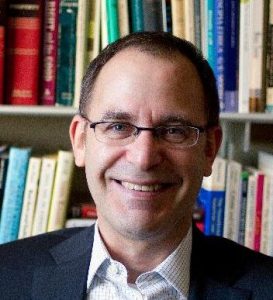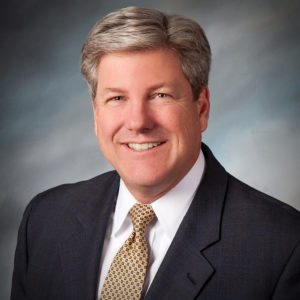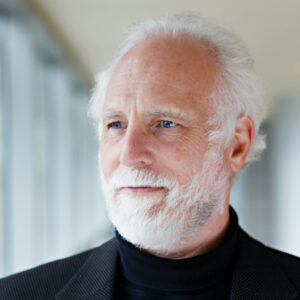Adviser and Broker Dealer Standard of Conduct: For generations, the Advisers Act of 1940 has served well as a “contract” between advisers and their clients. The Commission’s rulemaking here effectively puts this “contract” under review and renewal.
Research
“Money is the new sex, the thing people don’t talk about.”
Mark Tibergien, CEO, Pershing Advisor Solutions, has been a thought leader in the business of advice for 30 years. Investment Advisor readers voted Tibergien the most influential leader in the advisory space earlier this year. Speaking with Knut Rostad, Tibergien expresses views that RIAs usually discuss privately. Examples? RIA standards are too low. The RIA voice is fragmented and brand is unclear. Tibergien also notes consumer distrust harms RIA recruitment and growth. To cap off, “Money is the new sex, the thing people don’t talk about.” A Freudian slip? Read on.
Memo on the Proposed Code of Ethics and Standards of Conduct to CFP Board
In a memo to CFP Board from the Institute, we comment on its new standards. The proposed standards move financial planners towards professionalism on a number of fronts. Two stand out. One, in a sharp departure from the current standards, all CFPs who render financial advice are held to fiduciary conduct. Two, in the proposed standards conflicts begin to be addressed.
Why Avoiding Conflicts of Interest Matters
Advisor DNA found in the Advisers Act of 1940 and championed for generations is objective advice. Yet, some reject this bedrock principle.
The Fiduciary Structure of Investment Management Regulation
By Arthur Laby — Investment managers owe fiduciary duties to clients, including the duty of loyalty and the duty of care. A persistent question, with no clear answer, is what precisely is required by the duties of loyalty and care. In this paper, I argue that much of investment management regulation is a response by regulators to the uncertainty inherent in the fiduciary obligation.
CFPB Standards: “The Ethical Foundation for CFP Certifications”
CFPB is reviewing its “Ethical foundation for CFP certification.” This review is timely. The advice market is undergoing a basic transformation. New technologies, the DOL Rule, more demanding investors and lowering costs are change agents. Higher ethical standards are in demand. CFPB should answer the call and lead.






